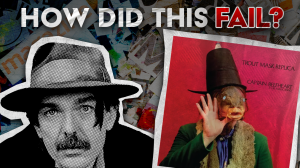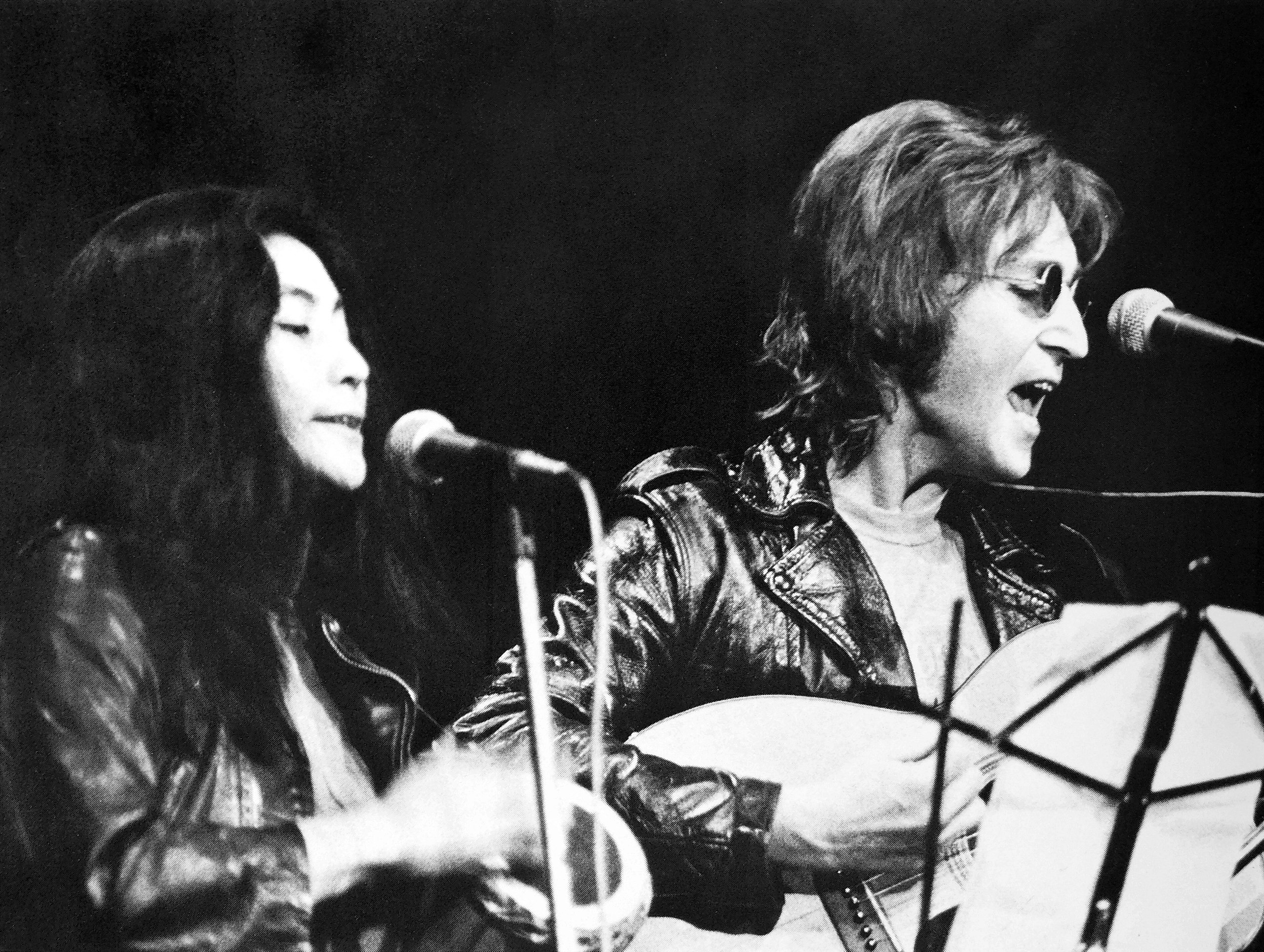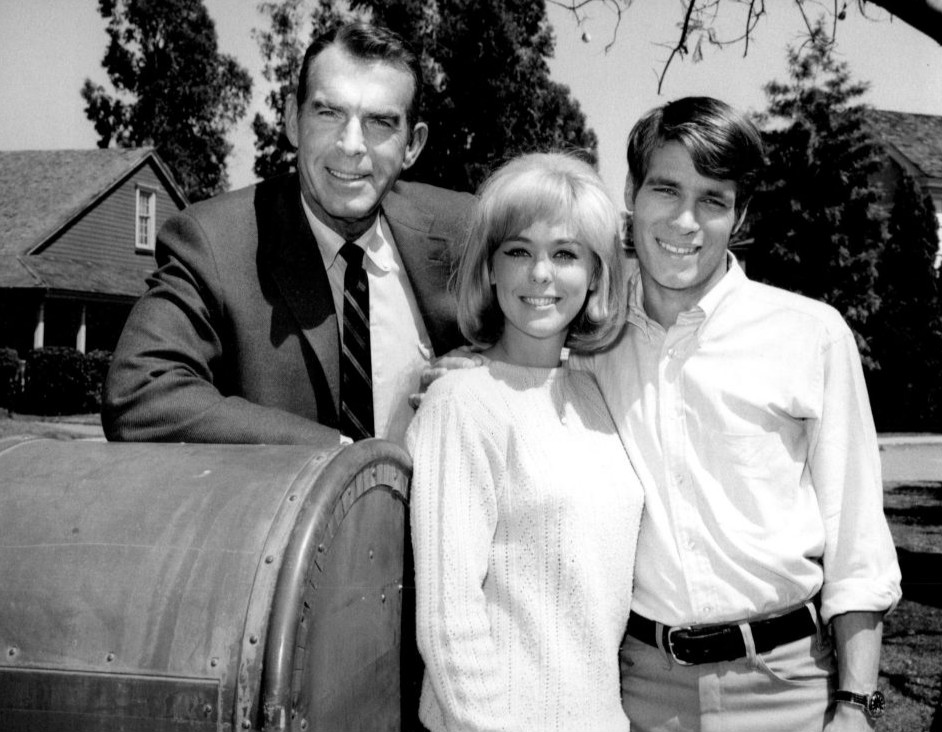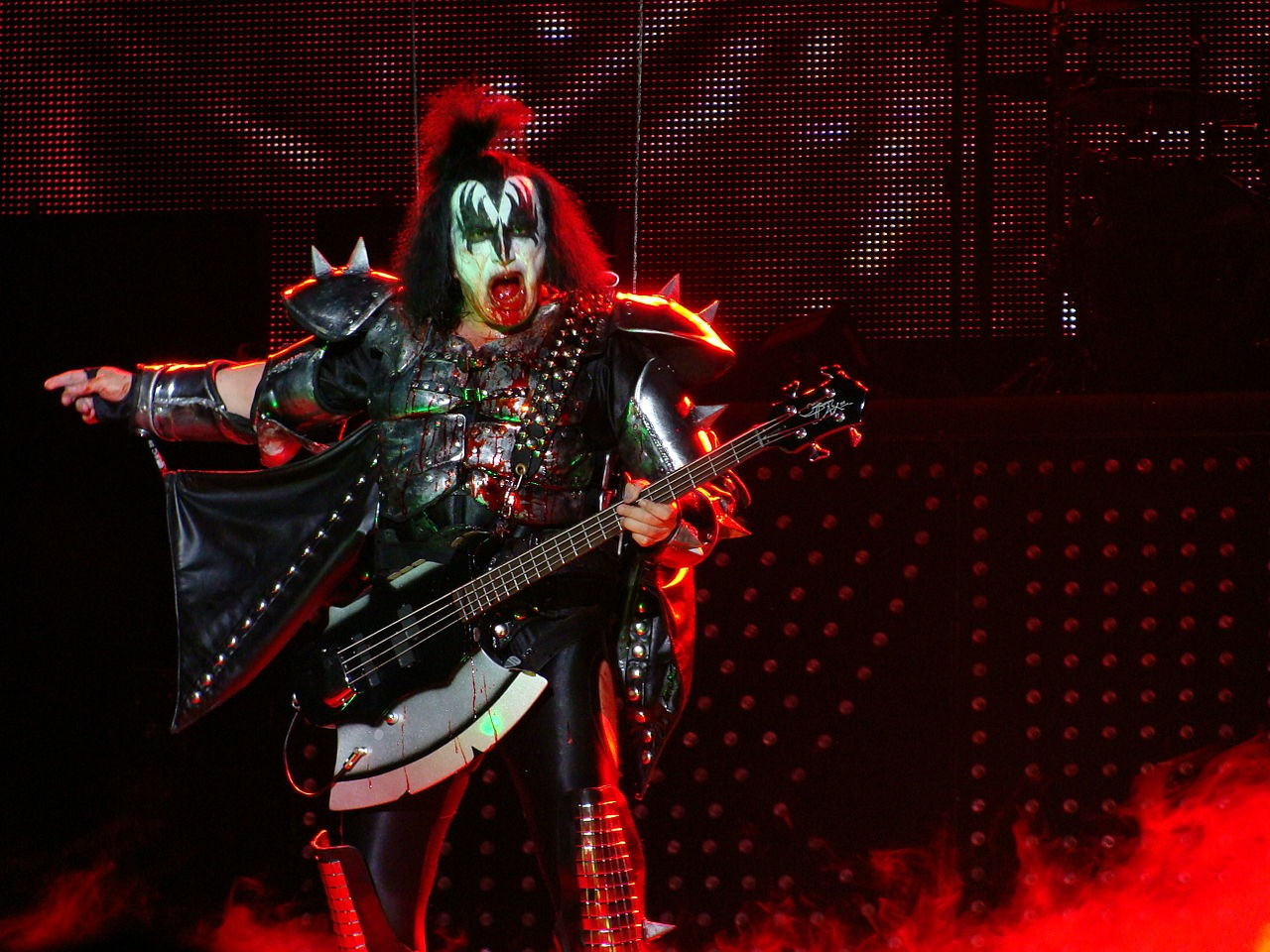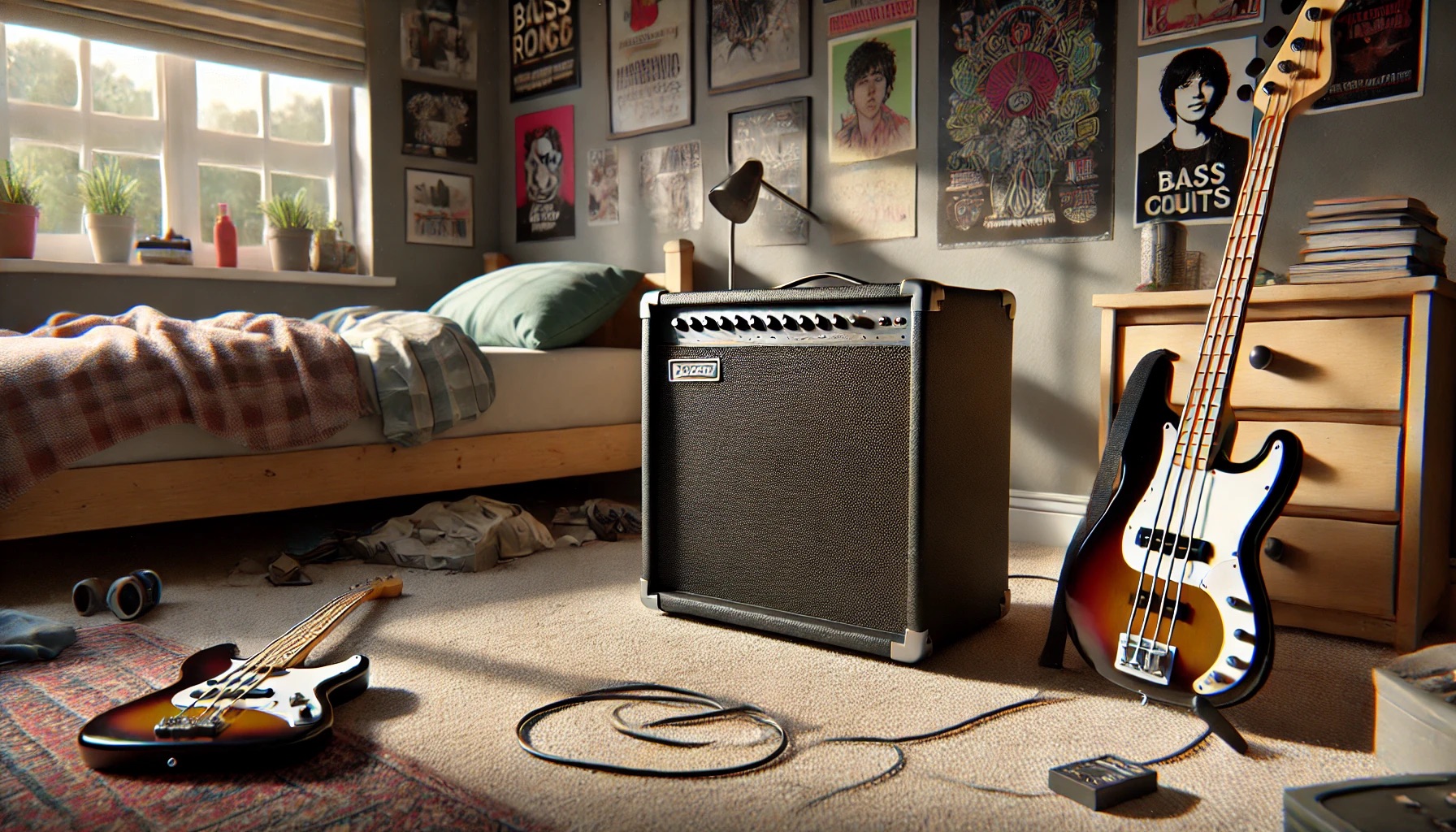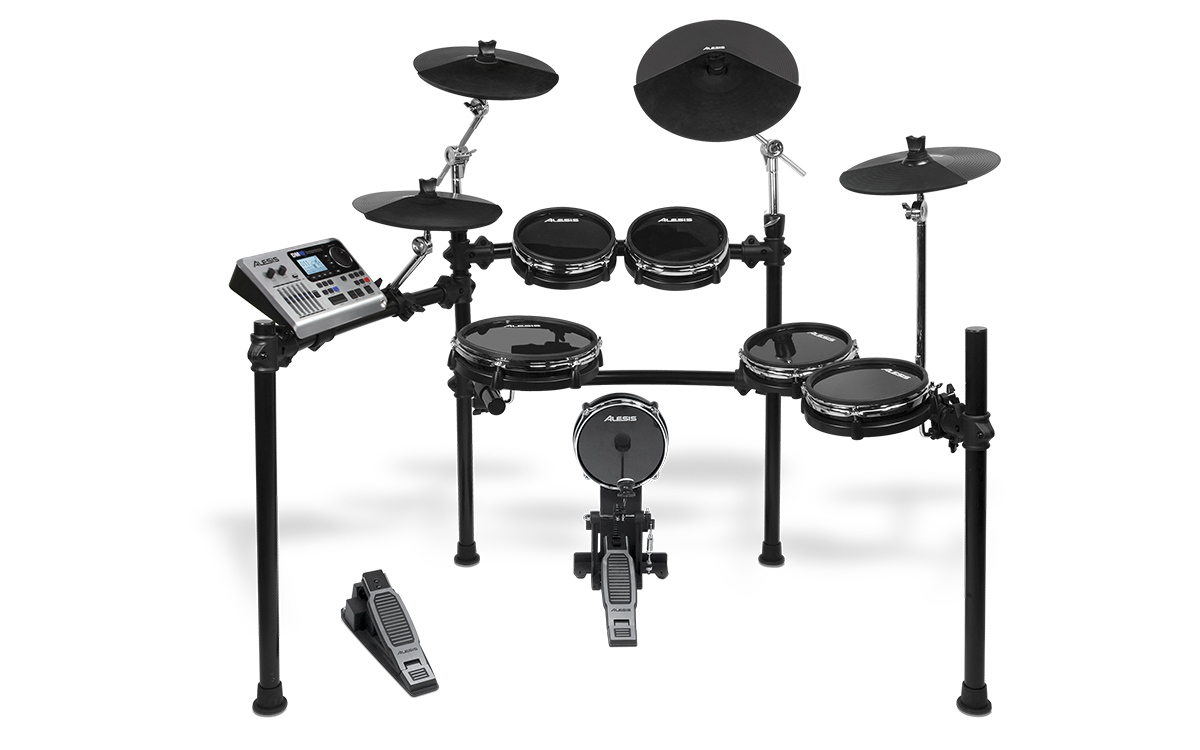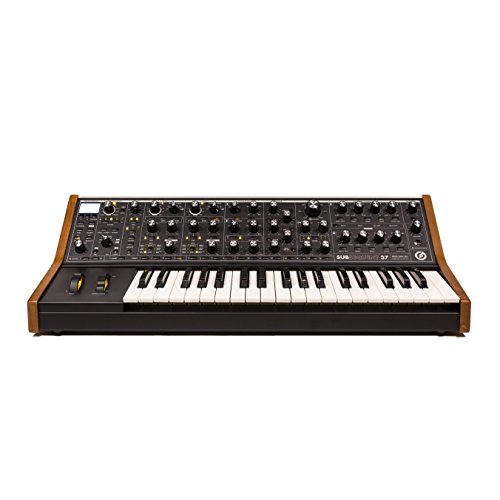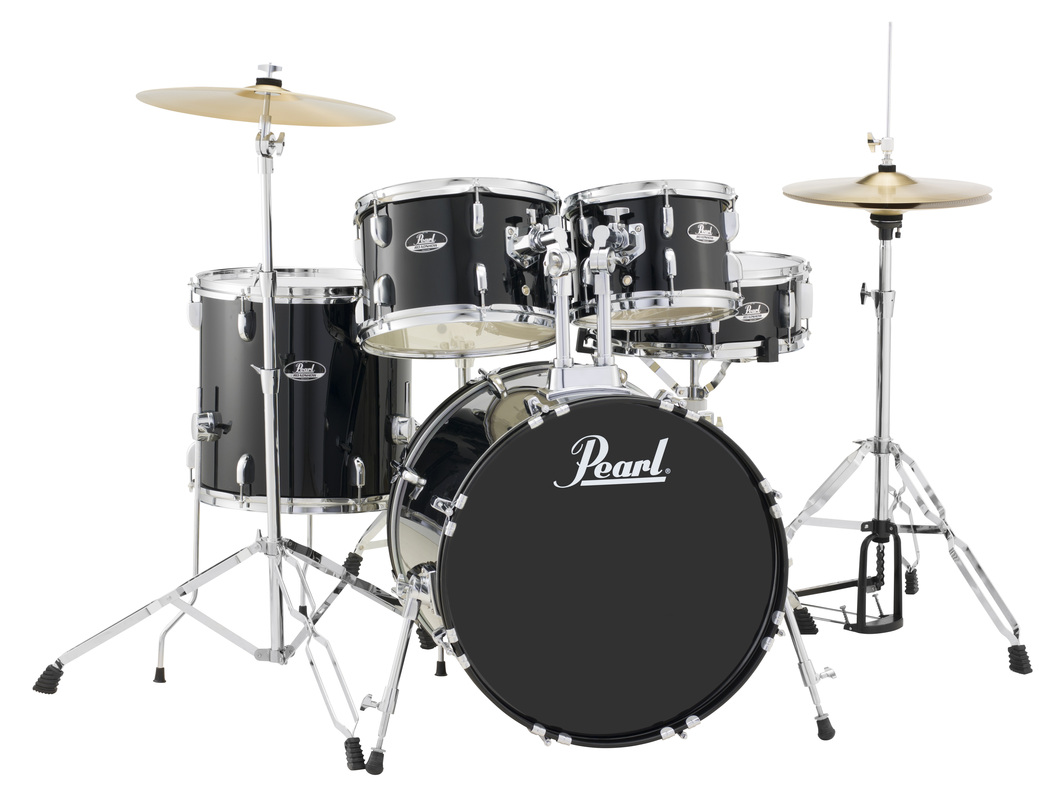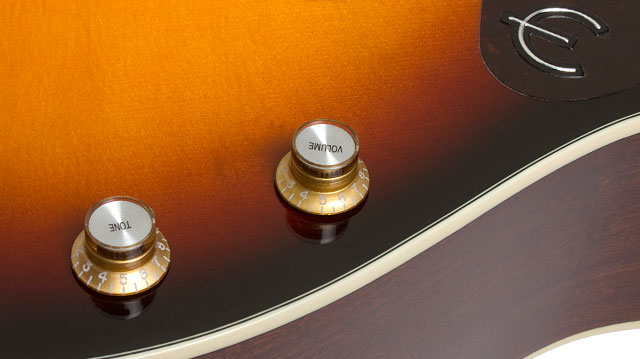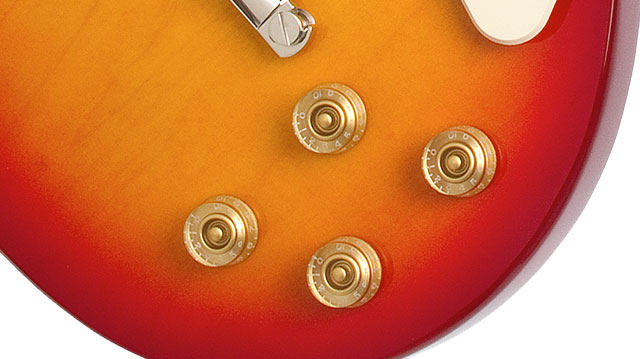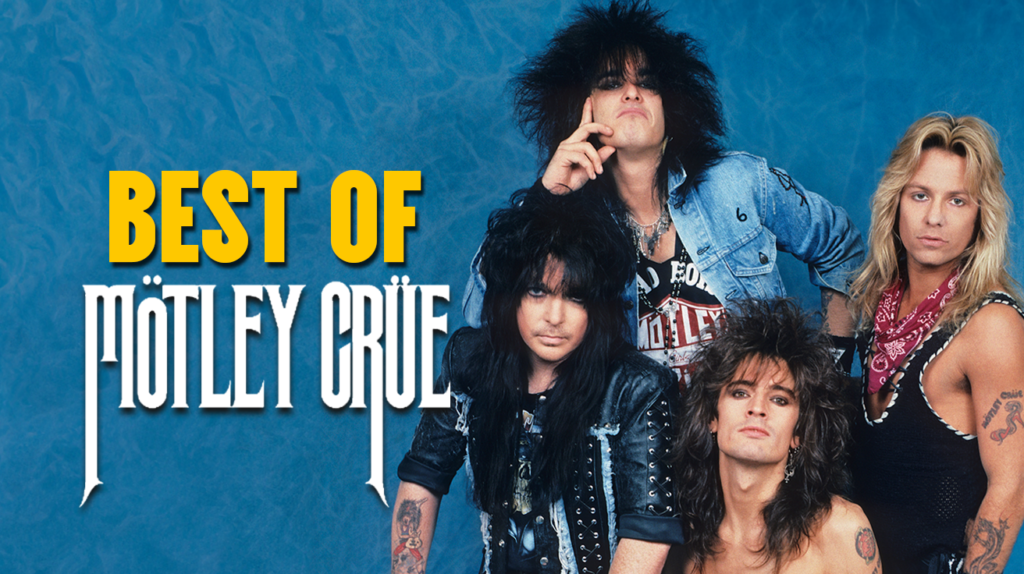
Most casual listeners only know Motley Crüe for hairspray and headlines. This narrow view misses the musical punch packed in their impressive catalog spanning decades. Their six platinum-plus albums delivered stadium anthems, pioneering power ballads, and raw rock energy that defined an era. Behind the tabloid stories sits a band that crafted instantly recognizable songs with staying power.
Discover the ten essential tracks that prove why the Crüe matters beyond the spectacle.
15. Saints of Los Angeles
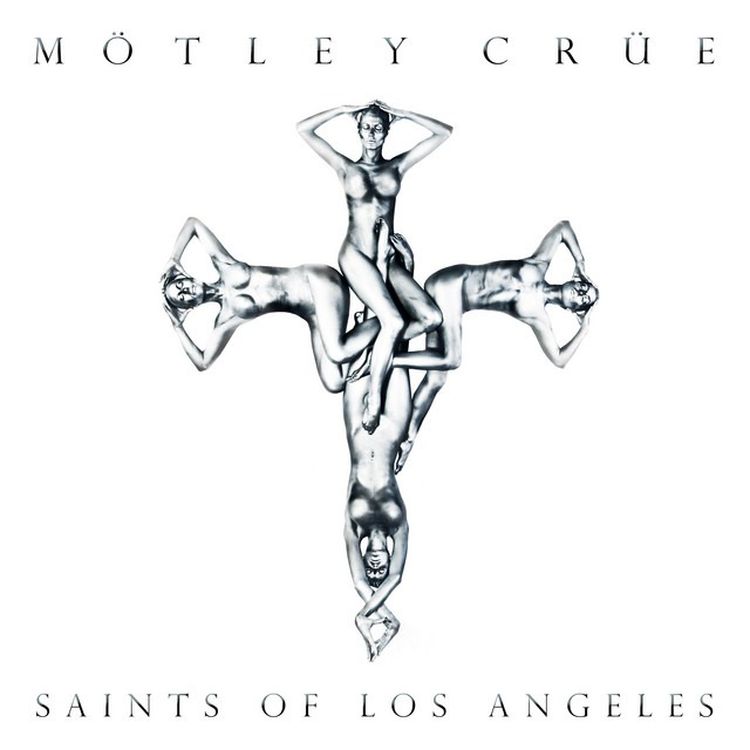
Late-career comebacks rarely work, but this track hits harder than it has any right to. The driving rhythms and stadium-ready hook aren’t just nostalgia bait – they’re proof the band could still deliver when everyone had written them off.
Released in 2008, it became a staple of their stadium tours, with fans losing their minds when this fires up at shows. The raw energy captures that signature Crüe sound without feeling like a sad rehash of glory days.
14. Girls, Girls, Girls
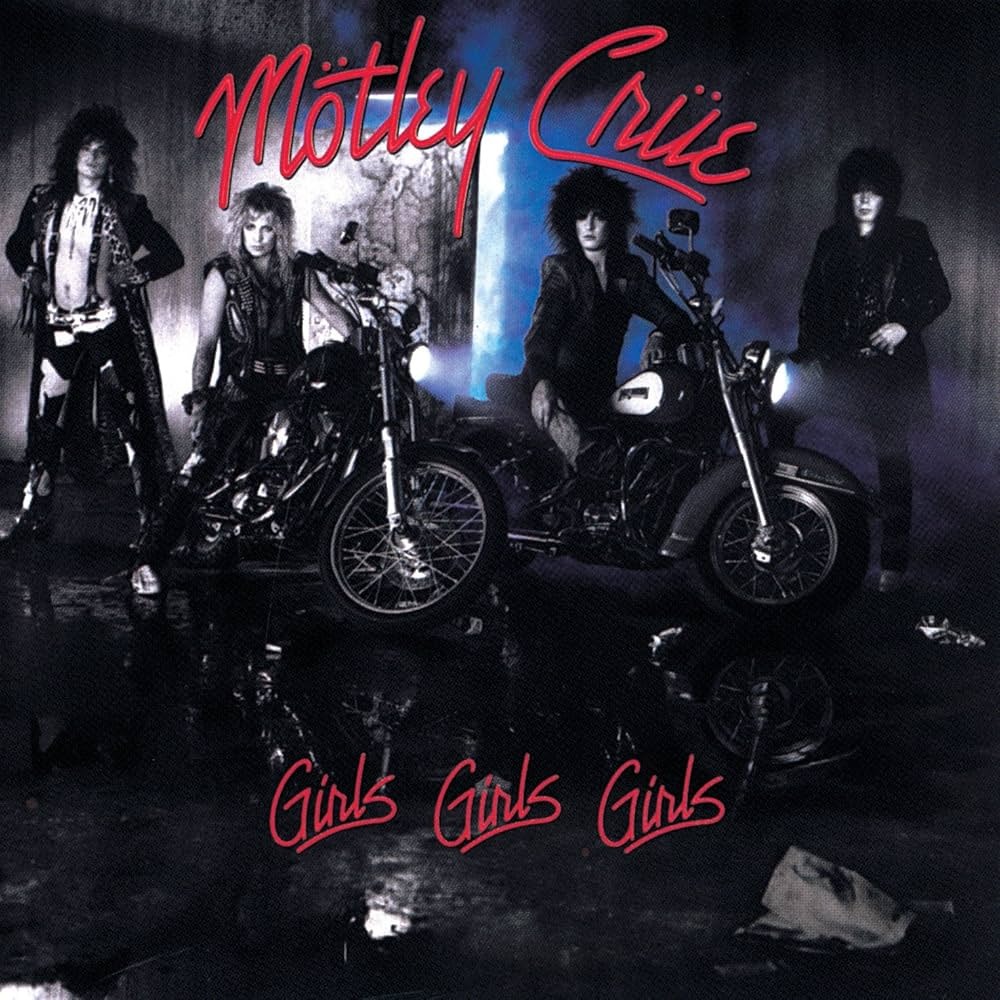
Nothing beats that opening motorcycle rev – it’s practically Pavlovian. The second it hits, crowds transform into a sea of raised fists and shouted lyrics. Released in 1987 as the title track of their 4x platinum album, it remains a must-play at every stadium show.
The song’s staying power comes from its stripped-down, sleazy vibe – exactly what made Crüe stand out when everyone else was overproducing their sound to death. It’s not trying to be anything but what it is: unapologetically brash rock.
13. Hooligan’s Holiday
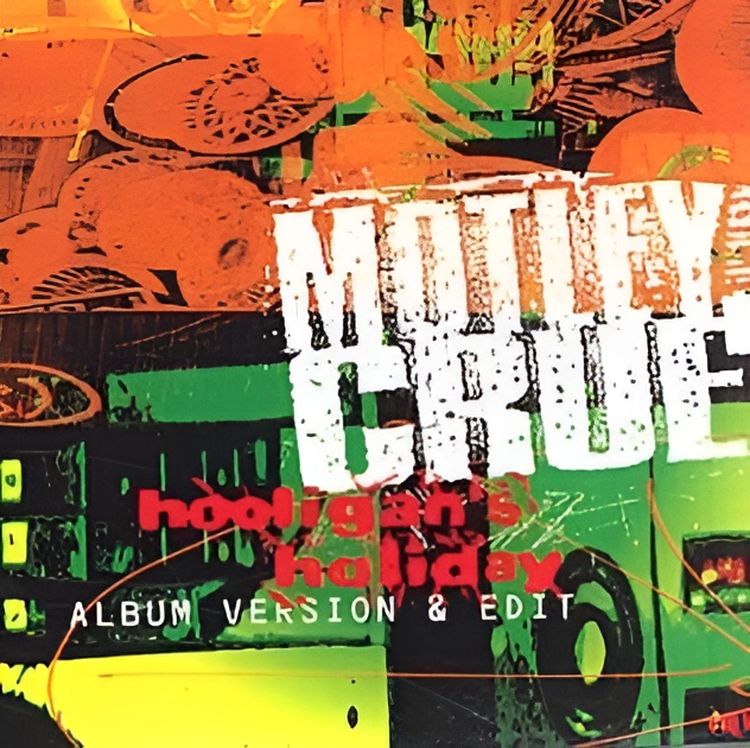
Criminal how this track gathers dust in too many collections. From the often-overlooked 1994 self-titled album, the Corabi-era material gets unfairly sidelined because it doesn’t fit the convenient narrative. His vocals bring a grit that stands in stark contrast to the band’s earlier work.
The chorus alone should earn this track more recognition, but the industry’s obsession with lineup purity has buried one of their most musically interesting periods.
12. Hell on High Heels
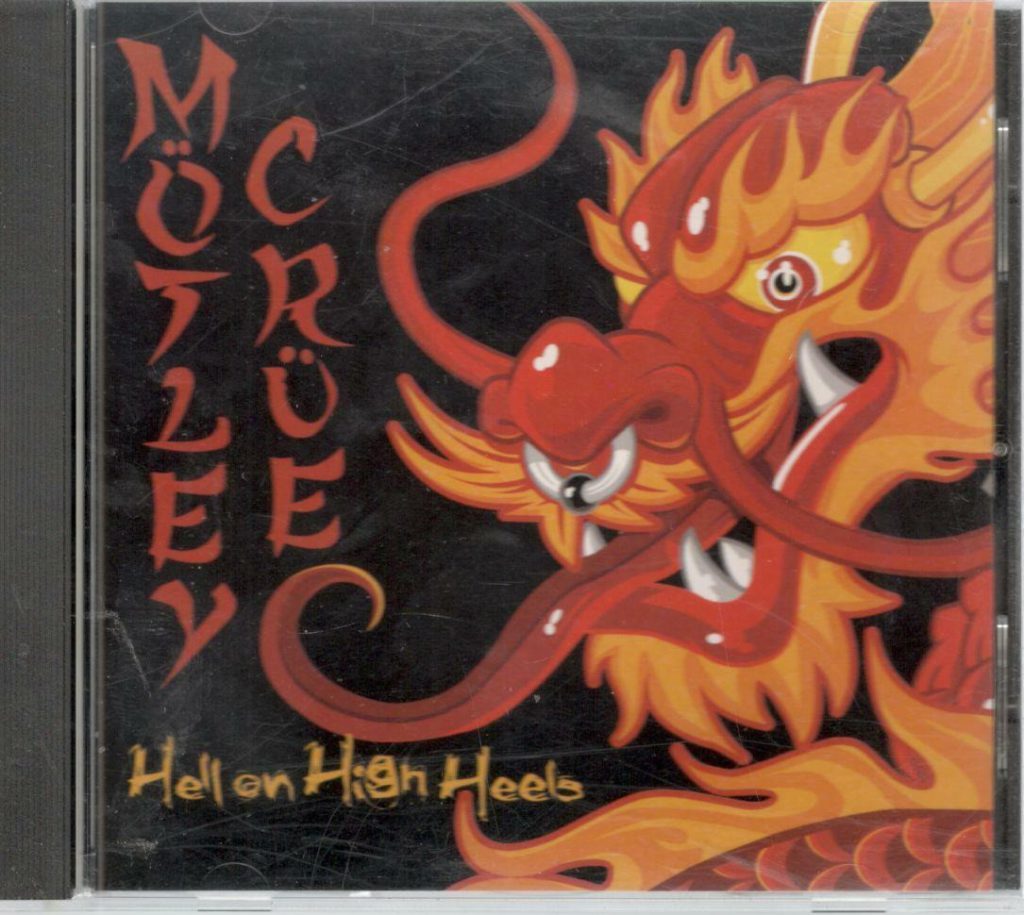
Missing from most discussions, the Castillo-era material deserves more credit than it gets. The track delivers classic Crüe swagger with an updated punch, featuring Randy Castillo on drums after Tommy Lee’s temporary departure.
Its undeniable hook proves the band could still craft earworms deep into their career. While personnel changed, the core of what makes a Crüe song work remained intact.
11. Without You & Primal Scream
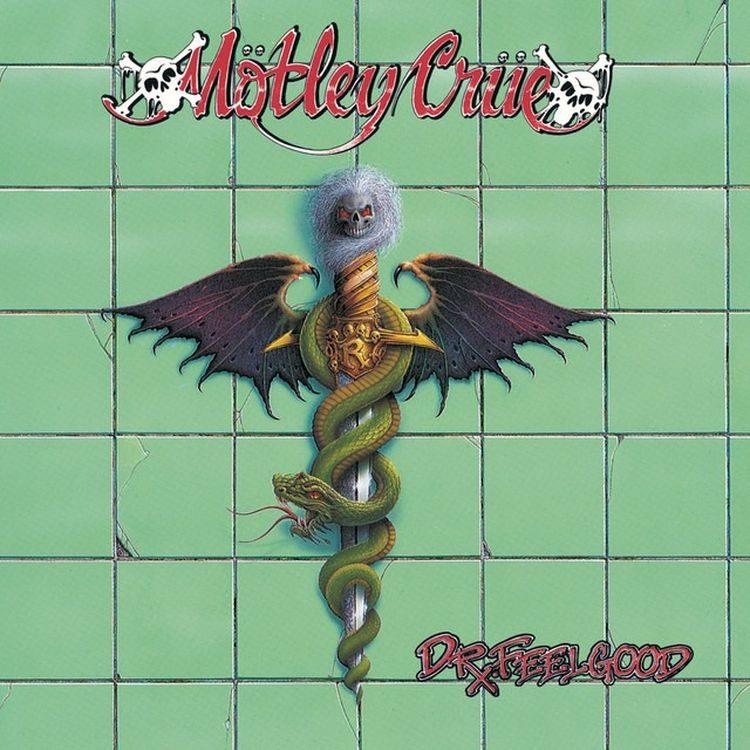
Deserving their own spots, these two tracks constantly battle for top ten status among serious fans. Both pack instantly recognizable hooks that lodge in your brain for days.
If this list went to 12, they’d be there. Each showcases the band operating at full power, crafting the sound that countless imitators tried and failed to replicate throughout the 80s and beyond.
10. Home Sweet Home
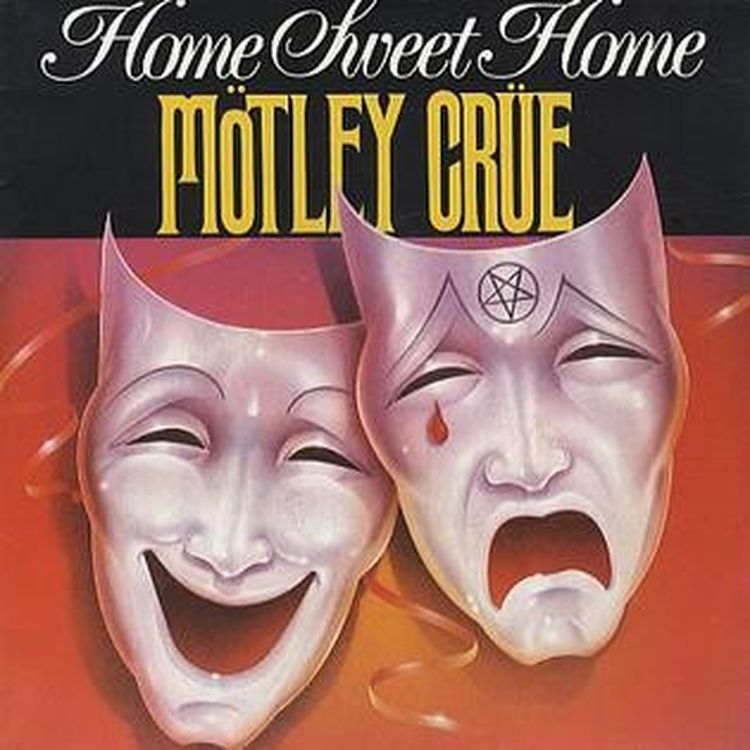
Forget your typical power ballad – this is THE power ballad that rewrote the rules. Released in 1985 on “Theatre of Pain,” it pioneered the entire hair metal ballad subgenre. Tommy’s opening piano notes live trigger an immediate energy shift. Every lighter (now phone) in the venue goes up. Every voice joins in.
Despite initially peaking at only #89 on Billboard, it’s been certified Gold, ranked #12 on VH1’s “100 Greatest Hard Rock Songs,” and usually closes their shows. Its emotional weight gives it staying power many of their contemporaries’ ballads lack.
9. Don’t Go Away Mad (Just Go Away)
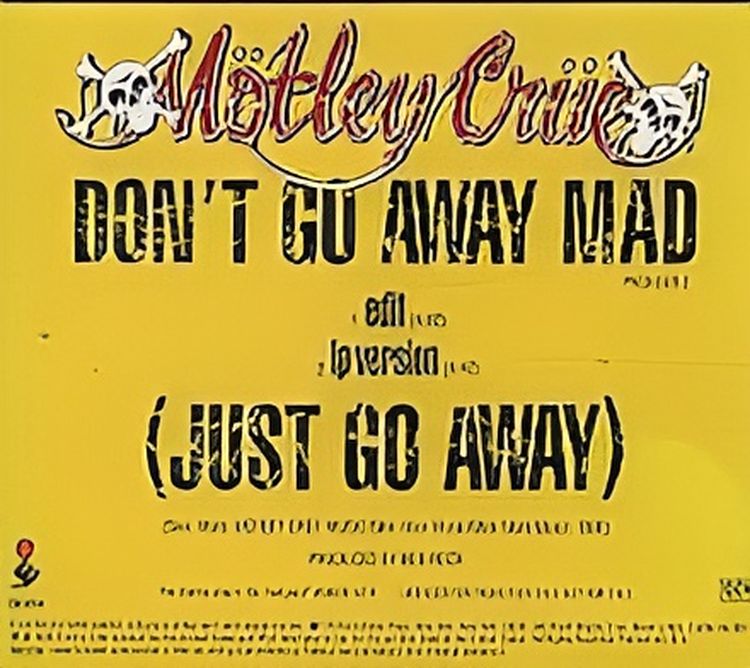
Infectious energy radiates from this “Dr. Feelgood” era track. Released in 1989 and written by Sixx and Mars, it peaked at #13 on the Hot 100, becoming one of their highest-charting singles. The opening pulls you in, and that chorus refuses to let go.
At a show, not singing along practically means you’re clinically dead. The song blends hard rock with pop sensibilities, showcasing the band’s ability to write radio-friendly hits without compromising their sound. Deceptively simple in structure – that’s its genius. It doesn’t need complexity to be effective.
8. Live Wire

Want a single track that captures the raw essence of early Crüe? Here it is. Released on their 1981 debut “Too Fast for Love,” this Sixx-penned track still opens many of their shows. Mars’ guitar work cuts through like a chainsaw, while Lee’s drums hit with the subtlety of a sledgehammer.
Though it never charted as a single, it ranked #27 on VH1’s “40 Greatest Metal Songs” and helped their indie debut eventually go platinum. Despite the raw quality that should have earned it a spot on the “10 Biggest Hits of 1981” lists, mainstream radio wasn’t ready for Crüe’s unfiltered sound. Modern rock sounds sterile by comparison to this unvarnished energy.
7. Looks That Kill
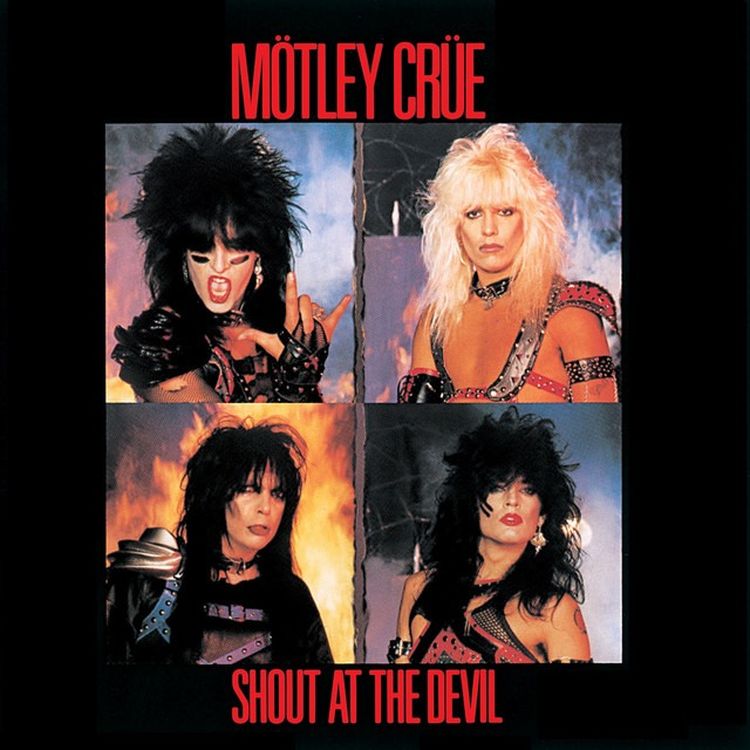
Unmistakable signature crunch defines this track from the first note. Released in 1983 from “Shout at the Devil,” it peaked at #54 on Billboard and #12 on Mainstream Rock. Mars’ riffing showcases why he’s among rock’s most underrated guitarists, crafting a sound instantly recognizable amid a sea of imitators.
Heavy MTV rotation of these instantly recognizable songs established them as glam metal pioneers. Crowds still respond seismically when it’s played live. The song hits with the same raw power today as when released, helping push the album to 4x platinum status.
6. Primal Scream
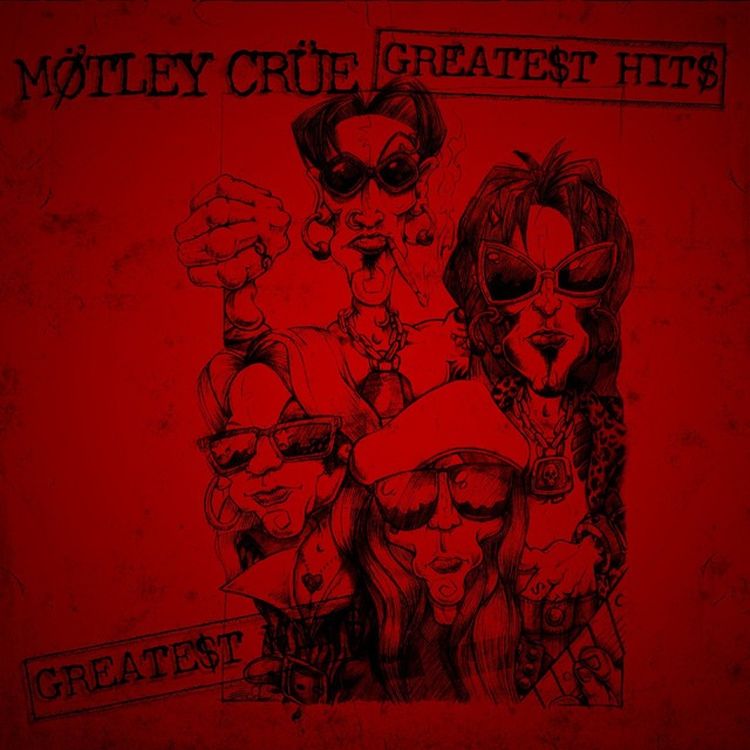
Special moments in rock are rare – but you know one from the first notes of this “Decade of Decadence” track. Released in 1991 as one of the new tracks for their greatest hits compilation, it peaked at #63 on Billboard and #4 on Mainstream Rock. Neil’s vocals soar over Lee’s unstoppable drum momentum.
The riff haunts you long after the song ends. With lyrics exploring anger and addiction, it showcases a heavier, more mature sound. They evolved without losing their identity, creating a perfect bridge between their early work and later material. This appeared just before the tensions that led to Neil’s temporary exit.
5. Wild Side
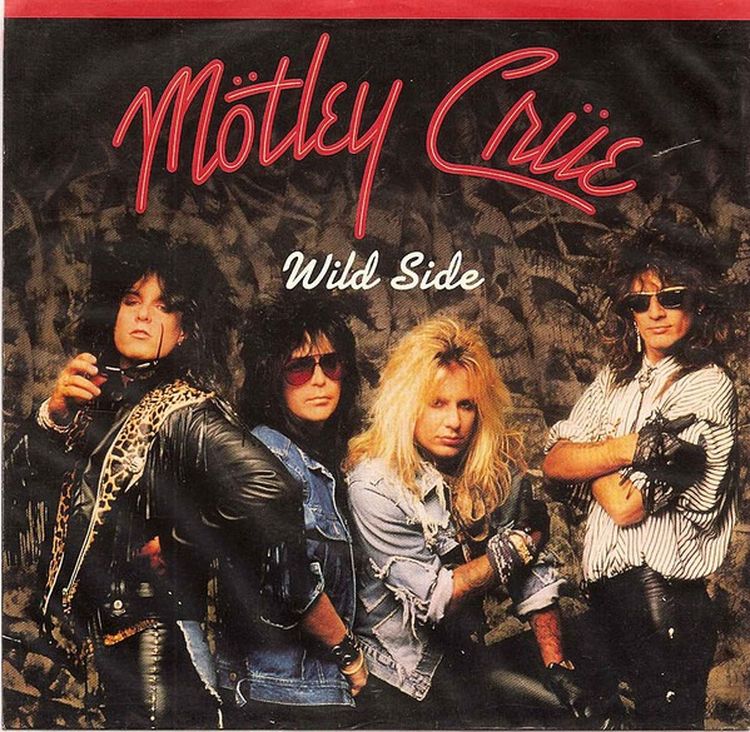
Raw energy erupts through your speakers from this “Girls, Girls, Girls” album standout. Released in 1987 and written by Sixx, Lee, and Neil, it hit #5 on the Mainstream Rock chart despite not being released as a proper single. Audiences can’t help but participate in that chorus, while Mars’ guitar work once again steals the spotlight.
Lee’s innovative drum techniques create the foundation for Neil’s instantly recognizable vocals. MTV censors battled with the video’s content, adding to its mystique. Live performances of this track encapsulate everything fans love about the band, helping push the album to 4x platinum status.
4. Shout at the Devil
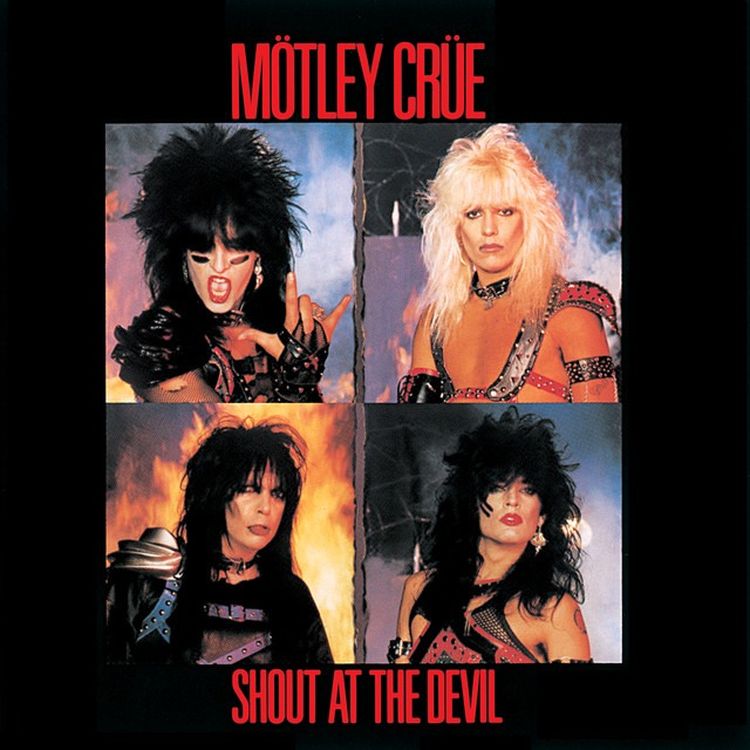
Casual fans transform into diehards the moment this track kicks in. The title track of their breakthrough 1983 album, written by Sixx, features a chanting chorus practically engineered for audience participation. Magnetic pull rarely comes this strongly in rock history.
Though never released as a single, it consistently ranks among their best work and hit #29 on VH1’s “40 Greatest Metal Songs.” Religious groups’ boycotts over perceived satanic imagery only fueled its popularity.
Thousands of people shouting those lyrics back at the band creates rock at its most primal and effective. The visceral energy keeps it relevant decades later and helped drive the album to 4x platinum sales.
3. Same Ol’ Situation (S.O.S.)
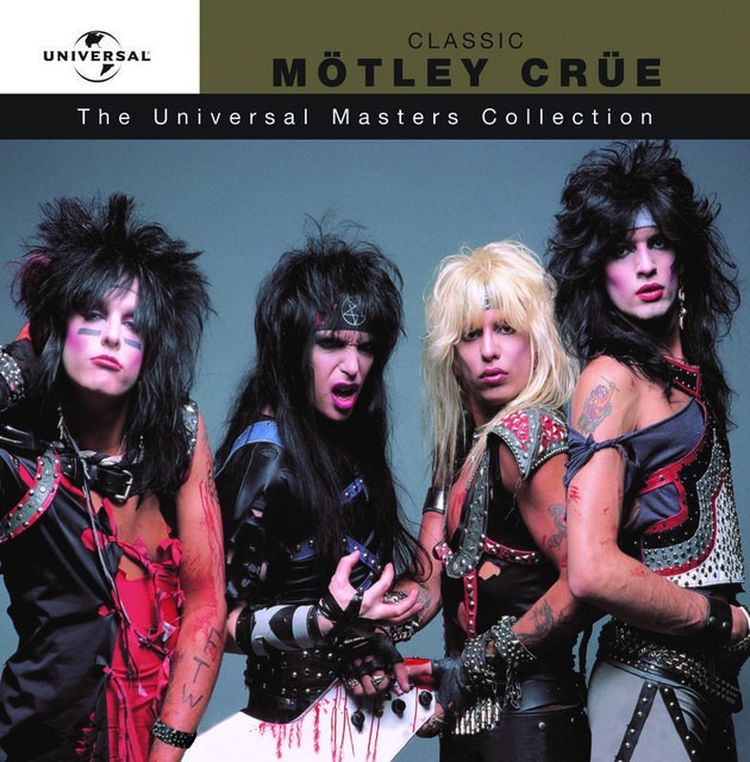
Few intros identify a song as instantly as this riff. Released in 1989 as the fifth and final single from “Dr. Feelgood,” it was written by all four band members and peaked at #78 on Billboard and #11 on Mainstream Rock. Neil’s vocals deliver the perfect sneer over Lee’s irresistible groove.
The video showcased humorous takes on relationship-trouble lyrics while blending hard rock with pop sensibilities. Hard rock radio stations still cause drivers to crank the volume when this comes on. Live performances elevate it further – the energy exchange between band and audience creates something electric.
2. Kickstart My Heart
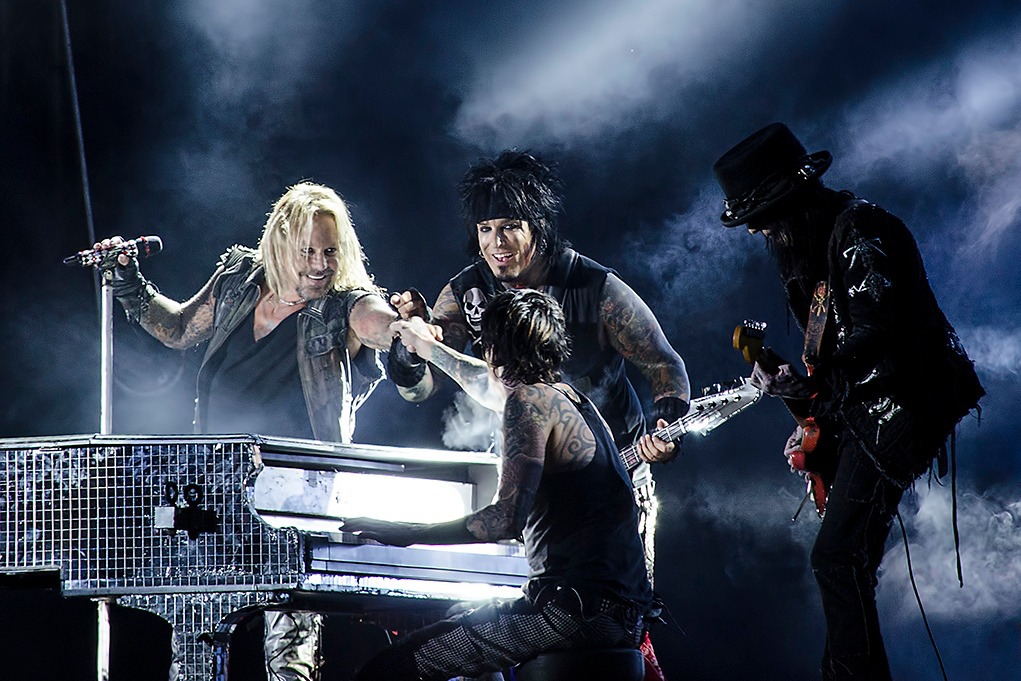
Everything essential about Motley Crüe exists in that adrenaline-shot intro. Released in 1989 as the second single from “Dr. Feelgood,” it peaked at #27 on Billboard. Stadiums ignite like nothing else in rock when this plays.
Sixx’s actual near-death experience from a heroin overdose birthed this track, giving it an authenticity impossible to manufacture. Iconic motorcycle rev, high-octane tempo, and Mars’ blistering guitar work create momentum that can’t be stopped.
Popularity for this track has grown over time, becoming ubiquitous at sporting events and in action films. The rush from each listen never diminishes. More than a song – it’s a full-body experience defining rock’s essential power.
1. Dr. Feelgood
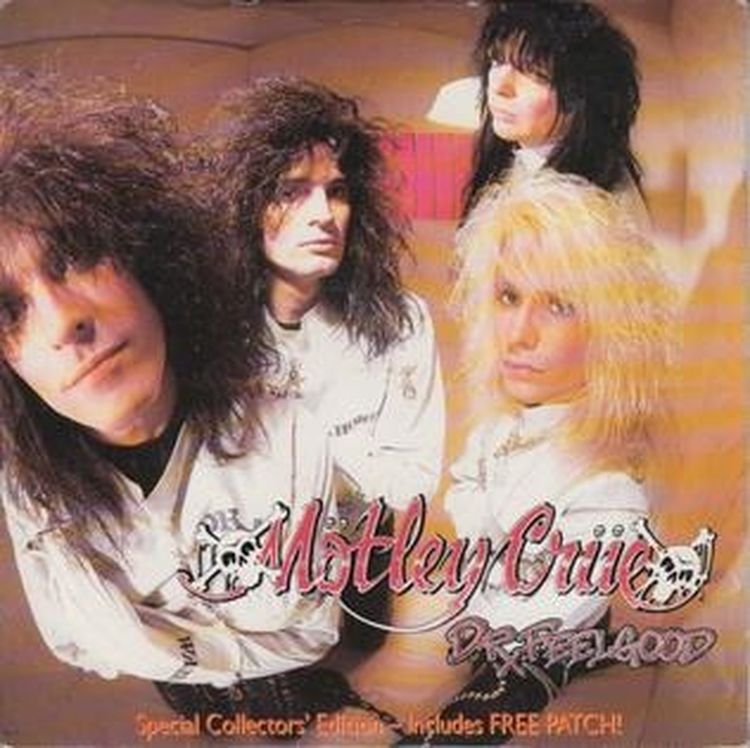
Crown jewels don’t come more brilliant than this in the Crüe catalog. Released in 1989 as the title track of their most successful album, which went 6x platinum, it was their first-ever top 10 hit, peaking at #6 on Billboard. Bob Rock’s crisp production pushed their sound to new heights.
Mars delivers his most distinctive guitar work, Lee creates the perfect rhythmic foundation, and Neil’s vocals – already ranking among rock’s most recognizable singers –demonstrate why he ranks among rock’s most recognizable singers. The track captures their essence while showing clear musical growth.
Lyrics about a drug dealer paired with the video’s gritty imagery achieved that perfect balance of commercial appeal and edge. Live performances of this track make clear why they’ve outlasted most of their peers – the connection between song and audience becomes undeniable.




